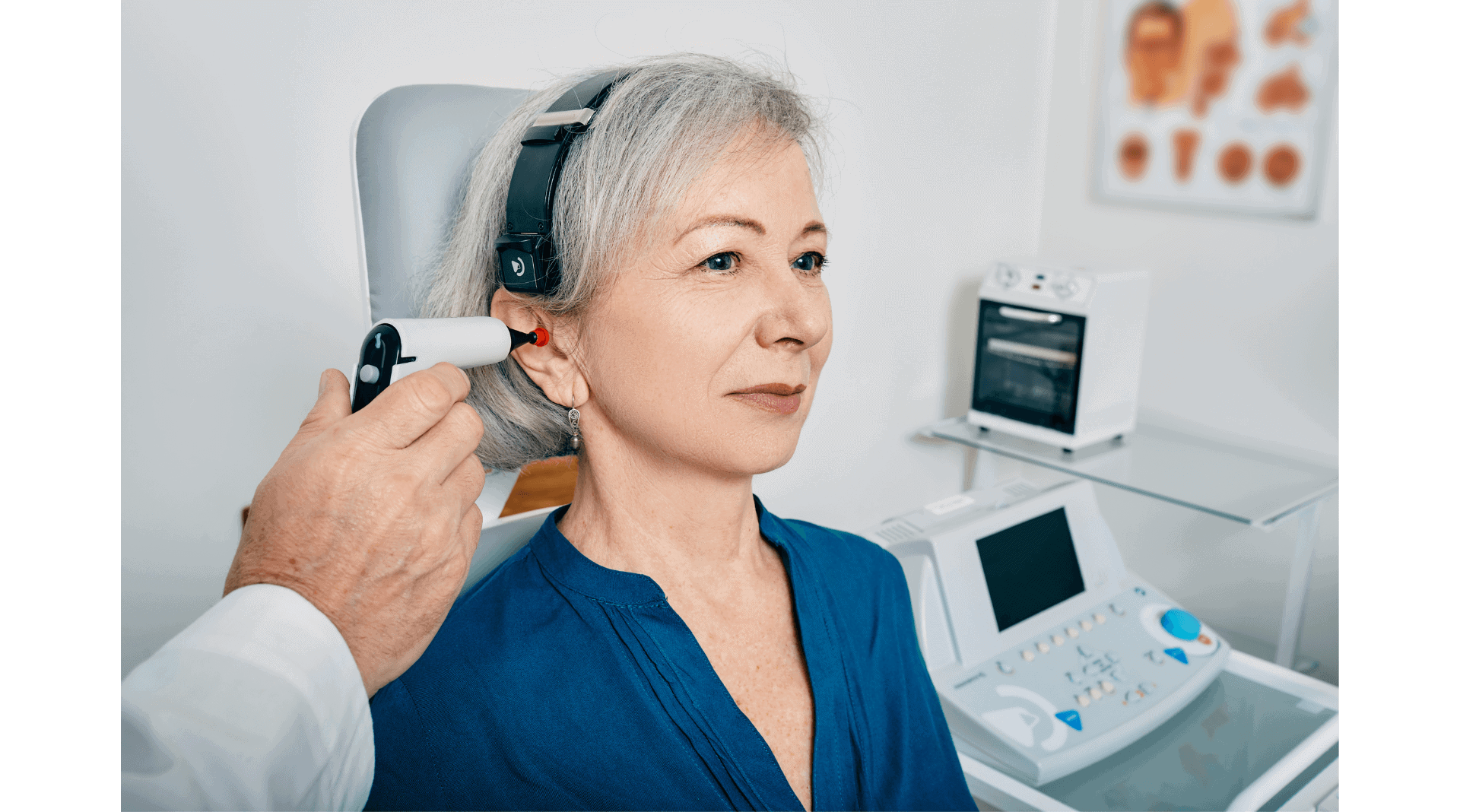
If you or a loved one is experiencing hearing loss, undergoing a hearing health exam is a vital step to understanding and managing the condition. These tests might seem a bit daunting if you have never had one before. However, knowing what to expect can make the experience more comfortable. What do these tests feel like and why are they conducted?
A hearing test evaluates how well you hear different sounds and pitches. It identifies any degrees of hearing loss and helps in determining the next steps for treatment or management. Knowing the purpose can bring a sense of confidence and control as you undergo the test.
The Initial Consultation
A hearing health exam typically starts with an initial consultation. You’ll meet a hearing health professional who will ask about your medical history and any hearing concerns. Initial consultations are a good time to mention symptoms such as constant ringing in the ears or difficulty hearing in noisy environments. The hearing health professional will explain the hearing test process and answer questions to help ease your mind.
The Physical Examination
After the consultation, a quick physical examination of your ears occurs. The hearing health professional uses an instrument called an otoscope to look inside your ears and examine them. This tool has a light and a magnifying lens, which makes it easier to spot any issues such as earwax buildup or signs of infection. This part is non-invasive but you might feel a little pressure or a small tickle in your ear canal. The examination ensures that there are no conditions that might affect the accuracy of the hearing test.
The Audiometry Test
During this test, you will be escorted to a soundproof booth or room and given a pair of headphones. The hearing health professional will play a series of tones at different pitches and volumes through the headphones. Each time you hear a sound, you’ll either press a button or raise your hand. This test is done to evaluate your hearing range and it is designed to determine the softest sounds you can hear at various frequencies. It is a straightforward and quiet experience, although it requires your full attention.
The Practical Speech Test
Following pure-tone audiometry is a speech test that evaluates your ability to understand spoken words at different volume levels. You will listen to a series of words or sentences through the headphones and then repeat them back to the hearing health professional. Sometimes, this test includes background noise to simulate real-world conditions. People often find this test easier because it involves actual words rather than just tones. It helps paint a better picture of how your hearing loss affects daily communication.
Tympanometry and Acoustic Reflex Tests
In some cases, the hearing health professional may perform a tympanometry test to assess the function of your middle ear. During this test, a small device is placed in your ear canal, changing the air pressure. This action measures how well your eardrum responds to the pressure changes. You might feel a slight sensation of force, similar to being in an airplane, but it isn’t painful. Tympanometry helps diagnose issues like fluid behind the eardrum or eustachian tube dysfunction.
An acoustic reflex test checks how the middle ear muscles respond to loud sounds. A series of loud tones, and sensors will be played to measure how your ear muscles respond. While the sounds can be startling, they are entirely safe and are used to identify issues that only loud sounds can reveal.
The Results and Follow-Up
After completing the tests, the hearing health professional will review the results with you. They will explain any findings and discuss what they mean for your hearing health. If any hearing loss is detected, you will receive recommendations for treatment or management, which may include hearing aids, lifestyle changes, or other interventions. This conversation ensures you have a clear understanding of your hearing condition and the best steps forward.
